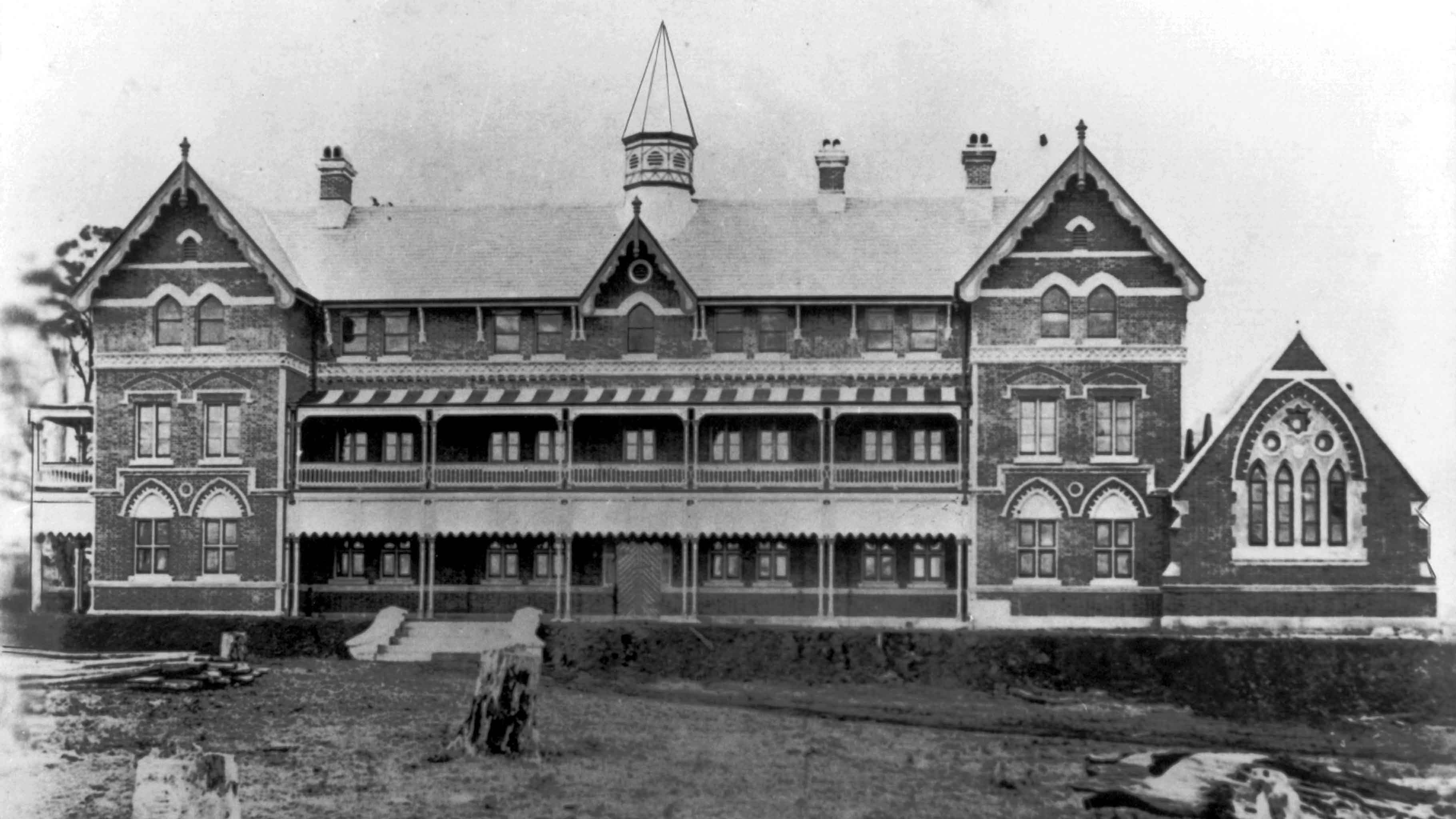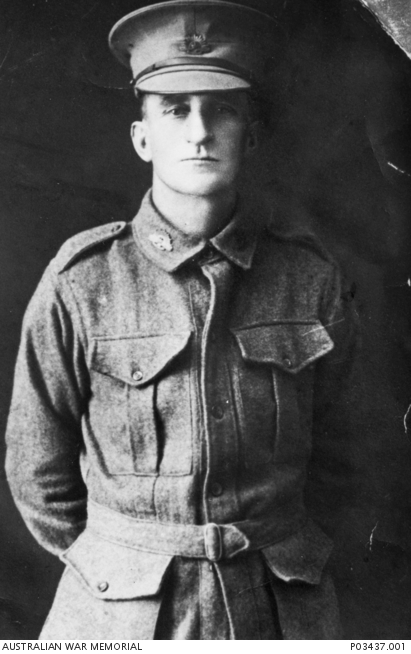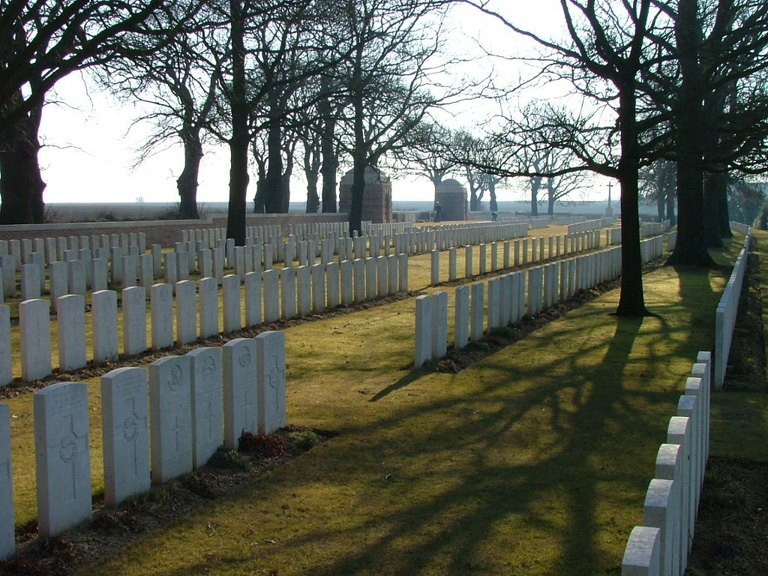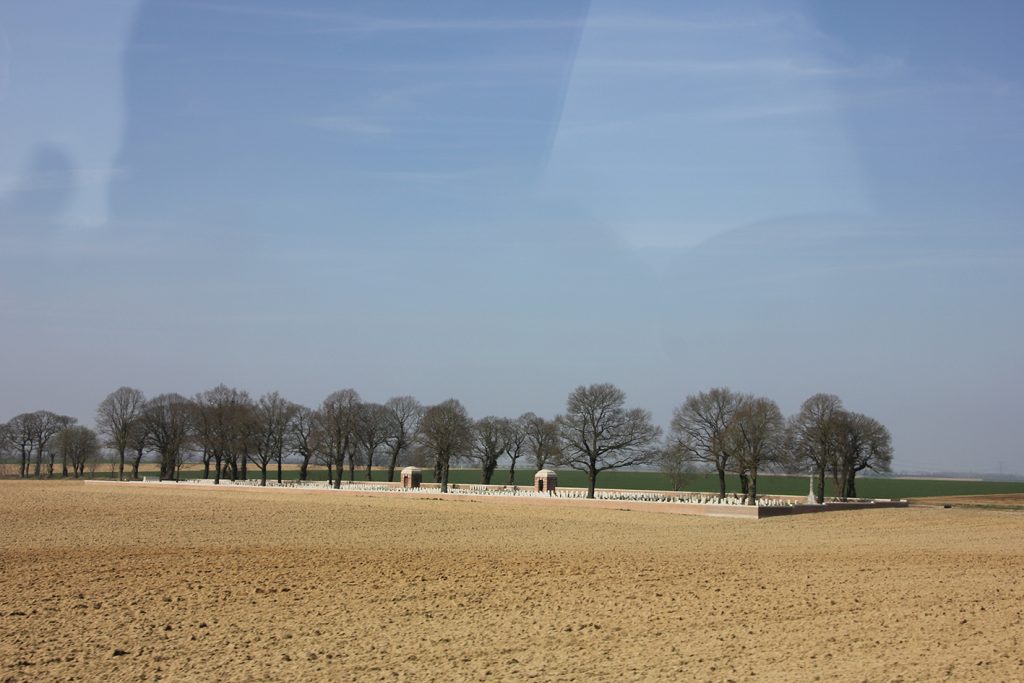In many respects the story of Edwin Robert Aland captures the full tragedy of the Great War. From a vantage point a century later, Australians must make some effort to imagine the impact the events of 1915 to 1918 had on families at the time. Few families suffered more than the family of Edwin Aland.
Edwin Aland enlisted at Toowoomba on 25 August 1915. His place of birth is recorded as Drayton, Toowoomba. He was educated at Toowoomba Grammar School (graduated 1890) and was married, nearly 43 years of age and had at least 3 dependent children. His NOK was given as his wife Marion A. Aland (sometimes Mary Ann Aland). They lived at West Street, Toowoomba. He was a labourer and wrote Methodist as his religious denomination. He was over 5’8” tall and weighed 148 pounds with a fair complexion and brown hair. His family name figures prominently in the history of the Toowoomba Hospital.
At the time of his enlistment, there would have been significant newspaper coverage of the Gallipoli offensives of early August 1915. Was this the motivation for a middle-aged man to risk everything to be a part of the action, or was the call of patriotism too great to resist after this time?
Edwin Aland’s service history is a sadly short document. It records that he was posted to the 25th Battalion and embarked from Brisbane for Egypt on 3 January 1916. He stopped over at Alexandria briefly before proceeding to France, landing at Marseilles on 23 March 1916. At this time there was a major relocation of the Australian infantry from Egypt to the Western Front; the soldiers withdrawn from Gallipoli in December 1915 became the nucleus of new battalions, brigades, and two divisions. Edwin Aland was taken on strength by 25th Battalion on about 12 July 1916. He had arrived at the front just in time for the major offensive known as the Battle of the Somme.
Three Australian divisions were thrown into ferocious fighting around the town of Pozieres. Here the 25th Battalion was engaged for two weeks, suffering almost 800 casualties. Edwin was “killed in action” on 28 or (officially) 29 July. His front-line service lasted, at most, about 4 weeks, perhaps as briefly as 2 weeks. He was buried on the battlefield, but markers of his grave were soon lost as the battles continued. For many years he had no known grave.
The impact on those left behind seems to have been quite traumatic. His widow, Marion, continued living for a time in West Street, Toowoomba. However, sometime later she apparently moved to Charters Towers, perhaps to be with a sister, a Mrs Edwin Morris of “Charters Towers NQ.” The army sought information about his orphan son in the 1930s. Certainly, his widow was left bereft of assistance as she indicated in a letter from Charters Towers to the army about March 1917. Her letter conveys the bitterness and grief of those left behind, whose loss would now be a lifelong burden, perhaps never addressed fully, in any age, by bureaucracies of army and government:
This letter elicited a response from the army, but there was little joy for Marion Aland. The officer in charge of base records (in Melbourne) wrote 3 March 1917:
. . . I have to state there are no further details yet to hand other than those already transmitted. It is anticipated later advice will furnish particulars regarding burial etc., and on receipt will be promptly communicated to you. No personal effects have yet been returned through this office….
The families of soldiers who were listed as “missing” suffered, in the modern expression, from a lack of closure more painful, in many cases, than those for whom a military funeral had been conducted. Even though his army records were clear that Edwin Aland had been killed in action at Pozieres, his widow wrote in June 1921 (Mrs Aland’s emphasis):
Dear Sir
In reference to the enclosed form I write to ask you, if you could help me find out whether my husband really had a grave or not – I have not had one item of particulars of his death yet – only a pink coloured notice at time of his death – saying he was killed at Pozieres July 28, & further particulars would be posted to me as they became available – Evidently they never became available for I have never received any correspondence whatever on the matter. Surely somebody must know something.
I am yours sincerely . . . .M.A. Aland
Finally, but apparently too late for Mrs Aland, a letter arrived dated 14 September 1936 from London with the news that Private Aland’s body had been found. The letter is worth quoting extensively for its mixture of formal distance tempered with compassion. It was addressed to the staff at Australia House:
Sir,
I am directed by the Imperial War Graves Commission to inform you that it has recently been possible to trace the grave of 3451 Private E.R. Aland of the 25th Battalion A.I.F. The grave of an Unknown soldier was found in the vicinity of Pozieres and, in order that the grave might be properly maintained in the future, the remains were carefully exhumed and reverently reburied in Grave 27, Row A, Plot 1 of Sucrerie military cemetery, Colincamps. When this was done Private Aland’s identity disc was found and from this, and from an examination of the Commission’s records, it is established that this is his grave.
I am to ask you kindly to inform the relatives of the discovery of this grave, and to notify them that a headstone will be erected upon it in due course. The disc by which the remains were identified is being sent to the Officer-in-Charge, Base Records, Melbourne, where the next-of-kin can claim it….
In Australia there were attempts to locate Edwin Aland’s son who was described as an orphan in the care of his aunt at Clayfield in Brisbane until he turned sixteen in 1928. The Archives have no record of the family receiving the disc or any other information and achieving the closure that Marion Aland sought in the years after the war.
Toowoomba Grammar School Archives state that he was a student at the school from 30th January 1886 and left on 20 December 1888. The November 1916 School Magazine states that, ‘Edwin Robert Aland was one of our oldest old-boys and well known in Toowoomba, in days gone by, as secretary of the Hospital. He left Queensland about a year ago, and was killed in action in France on July 3oth, which date suggests that he was a victim of the great Pozieres fight.’
He was the father of Captain Robert Clegg Aland MC. (TGS 1908-12).
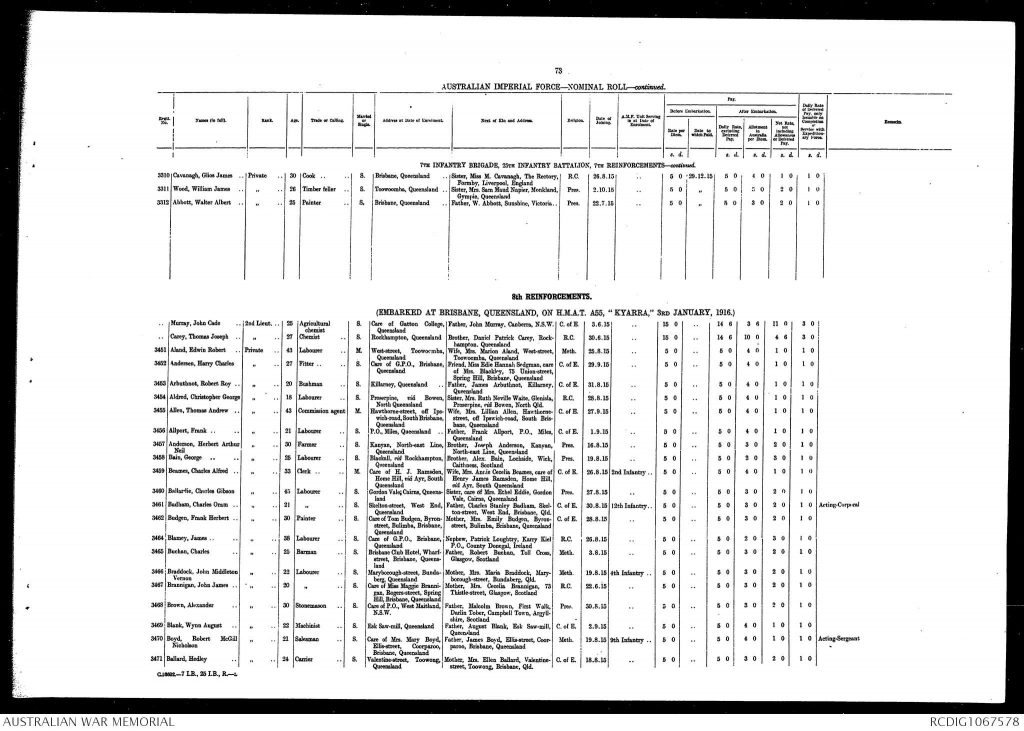
Embarkation Records for Aland Edwin Robert
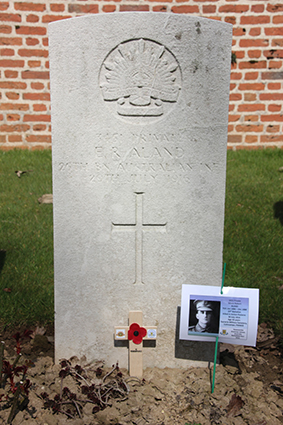
Headstone for Aland Edwin Robert
Sucrerie Cemetery, ColinCamps, Somme, France
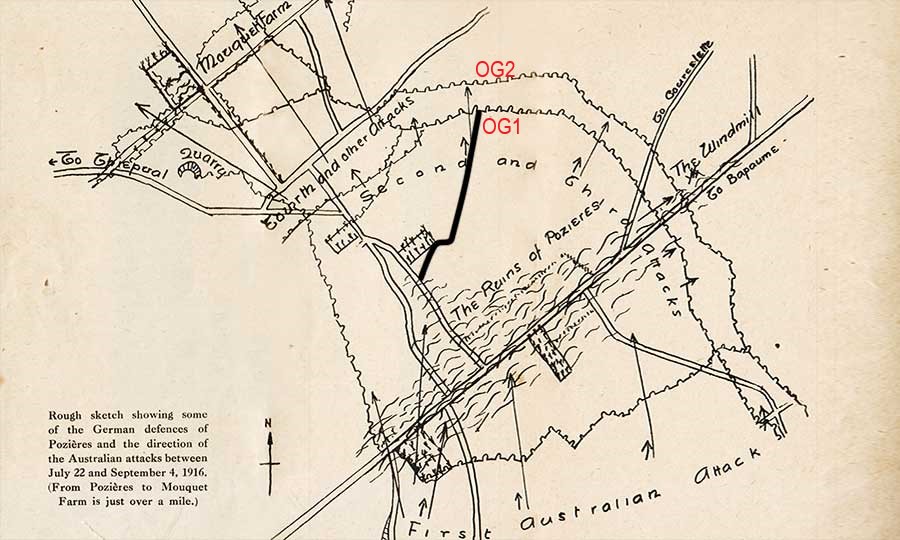
Bean’s sketch map of German defences of Pozieres between 22 July and 4 September 1916- shows location of OG1 and OG2 trenches
Other Links
National Archives of Australia Military Records

